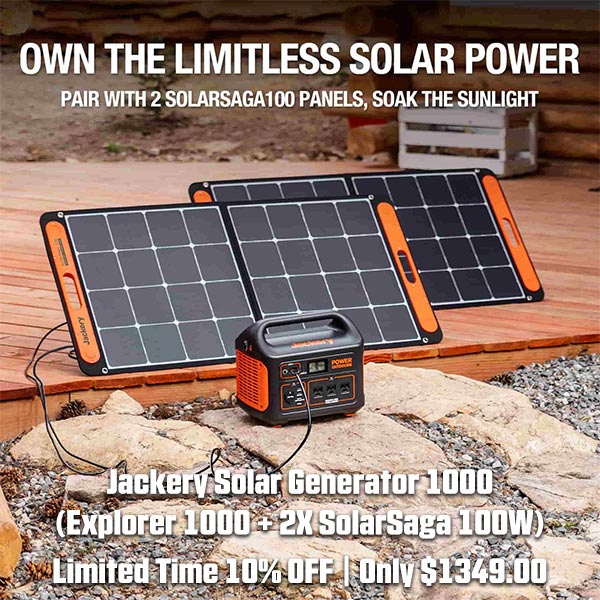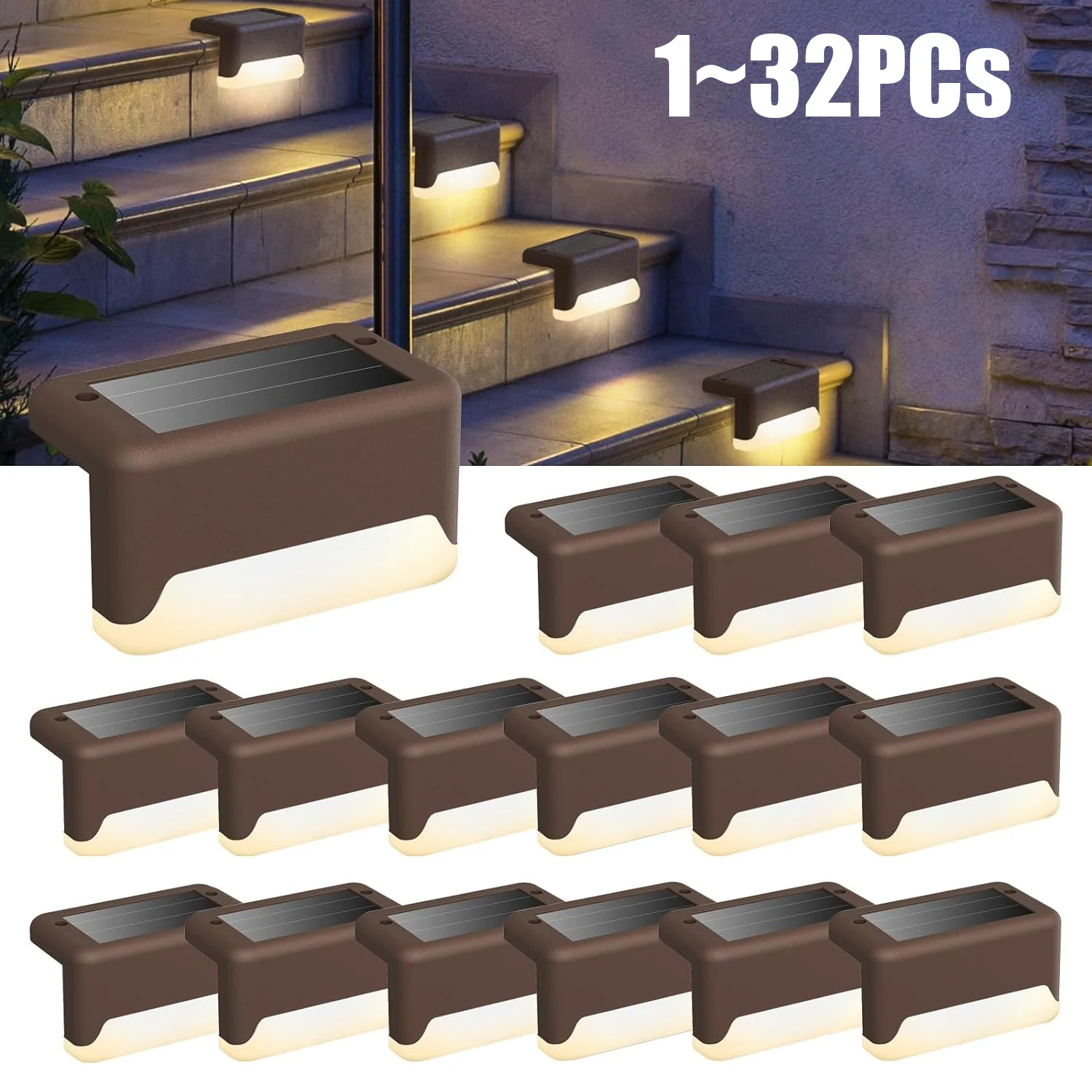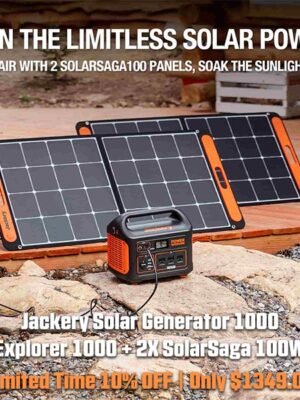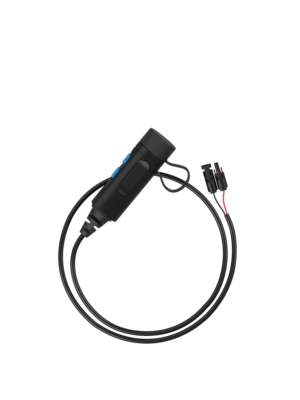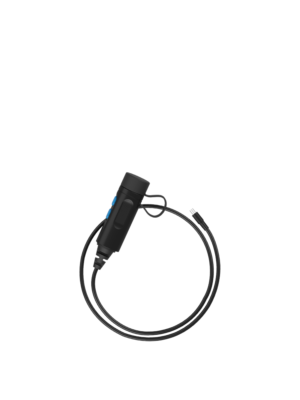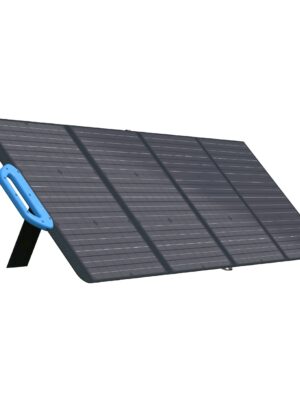Best Conibear Traps, Sets, and Sizes for Survival Trapping
Conibear traps are easy to use and popular with trappers. They are available in a wide variety of brands and sizes, and you can set them in a variety of ways based on your target. Their versatility makes it difficult to find the best trap- but we’ve put in the legwork to get it done.
Besides finding the best conibear traps for survival trapping, we explain what conibear traps are and how to use them. We also give a few options for various budgets and look at how each bodygrip trap size matches up to specific animals.
We have conducted hundreds of hours of research and testing on conibear traps, finding great values and the best-of-the-best along the way. If you want to trap- whether it’s a hobby or for survival- one of our conibear trap recommendations will get the job done.
Contents (Jump to a Section)
The Best Conibear Traps
Bridger Conibear Traps
Well Designed, Well Built, Rugged
Bridger traps are incredibly well-built for the price. The no-frills design combined with quality materials makes our job easy: this is the best conibear trap.
*Price at time of publishing; check for price changes or sales.
In many of our reviews, it comes down to a close call with many close competitors. Conibear traps all have the same design, for the most part, so we expected the same here. We were wrong.
Bridger pulls far ahead of the rest of the pack by using superior materials and by caring about their products and customers. They are based in Minnesota now after Minnesota Trapline Products bought Bridger in 2010. Minnesota Trapline was smart and didn’t change a thing about the traps, and just added their stellar customer service. They support the military and veterans too, which we see as a bonus too.
If you’re looking for the best and most reliable traps, you’ll want to pick up some Bridger Conibear Traps.
Budget Conibear Traps
Duke Conibear Traps
Popular, Affordable, Tried & True
Duke bodygrip traps are well-known and come in a wide variety of sizes. Even though they are inexpensive, they can get the job done.
*Price at time of publishing for each 110 bodygrip in a 6 pack; check for price changes or sales.
Duke Conibear traps can be found all over the place. Plenty of hardware stores and online outlets carry the Duke brand. They are inexpensive, basic, and catch critters with no muss and no fuss. Duke makes all sorts of traps and trap accessories including:
- Coil Spring Traps
- Long Spring Traps
- Body (Conibear) Traps
- Cage Traps
- Bear Traps
- Coon Traps
- Snares
- Fur Stretchers
And, of course, many of these come in various sizes and configurations. Duke has been in operation since 1938, originally selling pecans and fur skins. They only added traps in 1986 to their catalog, but have gained plenty of market share since.
Upgrade Conibear Traps
Oneida (Victor) Conibear Traps
Strong, Superior, Proven
Take it a step further with the most powerful springs on the market. This makes for quick work of the animals, in a lightweight and versatile trap.
*Price at time of publishing for a 110-2 bodygrip; check for price changes or sales.
Oneida takes traps seriously, with its 110 trap one of the only 110 traps that you will need a trap setting tool for. Oneida’s Conibear lineup sets the standard for bodygrip traps high. Besides the high-powered spring, the rest of the design is sturdy making for a good, solid trap.
‘Conibear’ is actually a registered trademark of Oneida, and they are one of the original producers. They manufacture in America and are based in Ohio.
Everything We Recommend
Bridger traps are incredibly well-built for the price. The no-frills design combined with quality materials makes our job easy: this is the best conibear trap.
Where to Buy
*at time of reviewing (each)
Duke bodygrip traps are well-known and come in a wide variety of sizes. Even though they are inexpensive, they can get the job done.
Where to Buy
*at time of reviewing (each)
Oneida (Victor) Conibear Traps
Take it a step further with the most powerful springs on the market. This makes for quick work of the animals, in a lightweight and versatile trap.
Where to Buy
*at time of reviewing (each)
What are Conibear Traps?
Conibear traps are two metal squares that snap together in a scissor motion to grab the body (bodygrip) of the target animal. It is designed to be a ‘kill’ trap, so they usually kill the animal quickly after collapsing on it by crushing its body or neck.
One or two springs on the side of the trap power the scissor motion of the trap. Compressing these springs, and then setting the catch primes the trap. The trigger can be bent into various shapes or have bait added to customize the trap for the target animal.
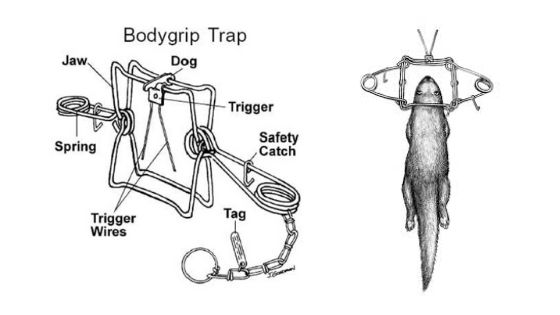
Frank Ralph Conibear revolutionized the trapping world when he invented these traps. He was a meticulous trapper with a line over 200 miles long near Fort Smith. He saw the need for a quick-kill trap when mink fur pelts were $40 each in 1928. The animals were chewing their legs off to escape traps, which was inhumane suffering (and cost him some big money!).
He developed his inspiration for the bodygrip trap from an egg beater, knowing if he crushed the mink’s bodies they would die quickly, and humanely, and he would have more effective traps.
Frank’s trap became massively popular in the 1950s, and he received awards from the American Humane Association in 1961 for his invention. Many trappers recognize the conibear trap as the best trapping innovation in the 20th century.
Victor was the manufacturer, which is owned today by Oneida (our upgrade pick for the best conibear traps). Technically, Oneida Victor traps are the only ‘conibear’ traps since that is a brand name. Bodygrip traps are the type of trap, but conibear has become synonymous with a bodygrip trap much like Kleenex, Velcro, or Band-Aid.
Mousetraps are a type of body grip trap, but it is not what we typically talk about when we are referencing bodygrip or conibear traps. Unlike mousetraps, conibear traps can be regulated in your area so be sure to consult local rules and laws about trapping so you can responsibly and humanely deploy traps.
What to Look For
The design, materials, and construction of the trap can all make a difference- whether you are looking for the best-of-the-best or just something functional.
The main design difference in conibear traps is all of the various sizes, but design differences also include the trigger mechanism, anchor chain, and spring which can be specific to the trap type or brand. You may find yourself tempted to get a trap with all of the features available, but it may not be the right call. If you add too many bells and whistles to the simple trap, it becomes heavy, easy to spot, and harder to set. The setups the pros prefer show that keeping it simple is best.
Various types of steel are used for the traps, and even some aluminum can be found here and there. Twice-tempered steel is best, which prevents the steel from warping as easily over time. Tempering is pretty much standard for springs, but it is also important for the trap itself.
The carbon content of the steel can also affect the trap: stainless steel is exceptionally expensive though. Galvanized steel is treated steel that works well in weather conditions, but exposed weld points will quickly rust. This is why construction also matters.
Messy welds on traps can be the main quality pitfall. The weld can’t just be good out of manufacturing- it has to hold up in the field since it is usually one of the first spots to fail. Rust and corrosion are the main enemies here. You can spot a suspect weld by its overly lumpy appearance if there are any jagged edges to the weld or even a crack. There is not much to get wrong when constructing a conibear trap, since they are bent steel wire, assembly, and welds. But a bad weld will ruin it quickly.
The Best Conibear Sizes
The 110 size is the workhorse for survival situations, with the ability to catch high-population critters: squirrels, rabbits, muskrats, opossums, and more. The size of your bodygrip trap will greatly affect your success rate with certain animals. If you go too large, the critter could be able to slip through. Too small, and it will not be powerful or big enough to kill.
Because size is so important, here is a table to help you select your trap:
| Trap Size | Target Animals | Bridger Traps | Duke Traps | Oneida Traps |
|---|---|---|---|---|
| #50 | Mink, Muskrat, Rabbit, Squirrel, Weasel | (Find One) | ||
| #60 | Mink, Muskrat, Rabbit, Squirrel, Weasel | (Find One) | ||
| #110 | Mink, Muskrat, Opossum, Rabbit, Skunk, Squirrel, Weasel, Various Large Fish | (Find One) | (Find One) | (Find One) |
| #120 | Marten, Mink, Muskrat, Opossum, Skunk, Weasel | (Find One) | (Find One) | |
| #160 | Fisher, Marten, Nutria, Opossum, Raccoon, Skunk | (Find One) | (Find One) | |
| #220 | Badger, Beaver, Fisher, Marten, Nutria, Opossum, Otter, Raccoon, Skunk | (Find One) | (Find One) | (Find One) |
| #280 | Badger, Beaver, Bobcat, Fisher, Lynx, Nutria, Otter, Raccoon | (Find One) | (Find One) | |
| #330 | Beaver, Bobcat, Lynx, Otter | (Find One) | (Find One) |
Why Use Conibear Traps?
Conibear traps are extremely versatile kill traps. Unlike snares and foothold traps, they can effectively kill a wide range of animals quickly and humanely.
You may expect them to be more expensive, dangerous, or heavily regulated- but they are not any more of these than a foothold trap.
Conibear traps are a great consideration for survivalists because they are low profile, lightweight, and mechanically simple. They make a great addition to any long-term food storage plan as a way to capture and consume protein. In the same way that a survival garden can help you during long-term disasters, hunting and trapping equipment can help you add fresh variety to your food staples. A competent survival skill can outperform abundant resources. And trapping is one of those skills.
How to Set a Conibear Trap
There are a wide variety of ways to set up a conibear trap. A few of the more popular ones include:
- Bucket Set: Use a bucket so that the animal has to reach through the trap to get to the bait inside of the bucket. The bucket can be upright or on its side, depending on your target.
- Leaning Pole Set: This type of set can limit your prey to specific animals that like to run on branches, making it especially good for marten and fisher.
- Hole Set: This set is the same in principle as the bucket set, but you are using a hole in the ground. Using a hole in the ground instead of a bucket can make the trap work better if the target animal is sensitive to smells.
- Water Set: Conibear traps are popular around water, whether you are setting them in the water or above the water. Aquatic animals and large fish are good targets for a bodygrip trap. This type of set can be more difficult to anchor, so it does take a while to prepare.
Picking the right setup is important because even simple conibear traps can be useless if they are not set up correctly.
Once you decide your target and how you are going to set your trap, the rest is easy to do:
- Remove all machine oil from the trap.
- dress the trap with wax if you need to mask or add any scents.
- Set up the trigger in the shape of your target animal. Add bait or flags to attract your target animal.
- Open the trap. You will need to use a trap setting tool on larger conibear sizes or ones with more powerful springs.
- Carefully place the trap. You should use a bodygrip safety tool. Even experienced trappers use one- without one it’s just a matter of time before a trap bites your fingers or hand.
- Anchor your trap with the anchor chain.
Now that your trap is set, you need to check it at least once a day. Some areas have rules to check them every two days since bodygrip traps are ‘kill’ traps, but it is best practice to check them daily anyways.
The Best Conibear Trap Setting Tool
On larger conibear traps (220, 330, etc) you will need a trap setter to set and open the trap. Even some of the heavier-duty small traps will have powerful springs, and a trap setting tool helps save time and your hands.
There are a few different types, sizes, and brands- but the best conibear trap setting tool is a straightforward pick:
The Funke Trap Tags Model 3 Bodygrip and Longspring Setter is the best option and isn’t ridiculously expensive. It is made of aluminum, so it will not rust, and only weighs 10 ounces. It works on the entire range of bodygrip traps and a few of the longspring traps (#1 and #2 sizes). The red grip handles will help save your hands, even if you are setting without gloves.
Many states require that new trappers take a Trapper Education Course before they can get their trapping license. There is a Trapper Education Course online for $35 if you are looking to learn more and knock out that requirement.
Who Needs Conibear Traps
Conibear traps have been proven effective for long-time trappers, but are some of the easiest instant-kill traps to use. This makes them ideal for survivalists and preppers to use as well.
They are a great trap to learn on because they are easy to set, work on a wide range of animals, and are inexpensive. Many people are under the false impression that traps are illegal in the United States, but the only states that restrict the use of traps are New Jersey, Massachusetts, Florida, California, and Washington.
Trappers have been using bodygrip traps for decades, but they are a great inclusion for survivalists and preppers in one type of kit:
Some preppers will argue that conibear traps are a good inclusion in a bug out bag, due to their fold-flat profile and ability to deploy anywhere. This may make sense for an INCH (I’m Never Coming Home) variant of bug out bag, but otherwise, we generally do not recommend bringing these with you unless you are an experienced trapper.
How We Review Products: We research thoroughly before selecting the best products to review. We consult experts in the field for a better understanding of what makes the gear great. Hours on end are spent field testing gear in stressful conditions. We assign performance criteria and impartially rate each tested item. You can support us through our independently chosen links, which can earn us a commission at no extra cost to you. After our review process, some of the items reviewed end up in our giveaways.
Sources and References
An objective look at the best conibear trap is useless without sources and references. We leaned on these for the book knowledge that we paired with our practical military experience and prepping acumen.
Bevington, A. (1976). Frank Ralph Conibear. Arctic Profiles – University of Calgary. (Source).
Collier, E. (1957). Revolutionary New Trap, Parts I and II. Outdoor Life. 68-80.
Tingley, V.E. (1998). Successful Conibear Trapping. Self Published. (Source).
The Final Word
There is a wide range of skills associated with prepping and survival with many of them in danger of becoming ‘lost arts’. As supermarkets and supply chain dependence have grown, survival skills are being left behind as society moves forward.
It is important to recognize the power of being self-reliant and having the ability to sustain yourself if the situation requires it. Learning and practicing survival skills- even if it is not your trade- can help you in this pursuit.
Here are some other guides our subscribers have found helpful:
We presented quite a lot of information, but as always: if you have any questions let us know and we would be happy to help. Our research and testing settled on Bridger Conibear Traps as the best option given the functionality, durability, versatility, and value.
Your specific situation may call for a different solution. We also gave a shout-out to a few other options that work well in other conditions and various budgets.
Take care of your gear and it will take care of you. Don’t stash it away, but get it out to get familiar with it if you are not using it every day.
Keep exploring, stay prepared, and be safe.
You’ve Been Missing Out
Join the 2+ million preppers that rely on our prepping advice by subscribing to TruePrepper.
- Practical guides and tips
- Useful survival giveaways
- Free, forever
- < 0.4% of people unsubscribe
Please Support Our Sponsors
Solar Power Generator Discounts Along With Free Shipping
- 10% OFF for Jackery Solar Generator 2000 Pro Series with code "JADEAL"
- 10% OFF for Jackery SolarSaga 200W Solar Panel with code "JADEAL"
- 10% OFF for Jackery Solar Generator 1500 Series with code "JADEAL"
- 10% OFF for Jackery Solar Generator 1000 Series with code "JADEAL"
- 10% OFF for Jackery Explorer 1500 Portable Power Station with code "JADEAL"
- 10% OFF for Jackery Explorer 1000 Pro Portable Power Station with code "JADEAL"
- 10% OFF for Jackery Explorer 500 Pro Portable Power Station with code "JADEAL"
- 10% OFF for Jackery Explorer 300 Pro Portable Power Station with code "JADEAL"
- 10% OFF for Jackery SolarSaga 100W Solar Panel with code "JADEAL"
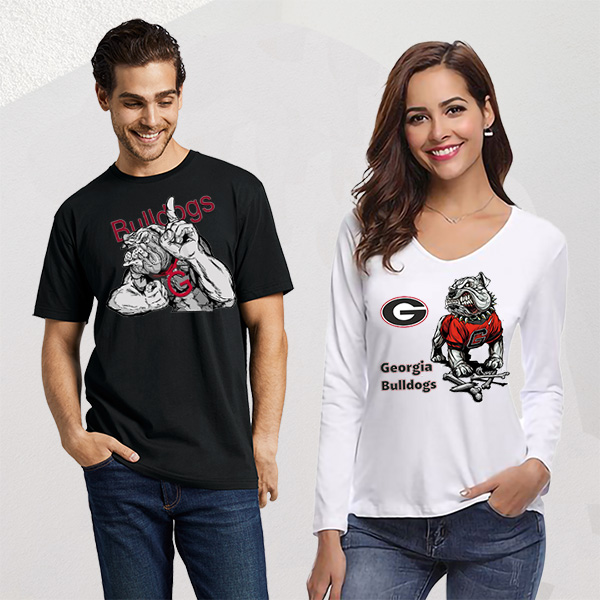
The University of Georgia is represented by the Georgia Bulldogs . The Bulldogs participate in the Southeastern Conference's (SEC) Eastern Division of the NCAA.
They play their home games in the storied Sanford Stadium in Athens, Georgia. The first season in Georgia was in 1892. In 1942, 1980, and 2021, the Georgia Bulldogs won three national championships.
The Georgia Bulldogs have additionally been crowned the National Champion in four additional seasons by at least one polling organization (1920, 1927, 1946 and 1968).
The Georgia Bulldogs are tied for second place in conference history with their 15 conference titles, including 13 SEC titles, and their 59 bowl appearances, which ranks second all-time.
In addition, the program has produced five top picks in the National Football League (NFL) draft, two Heisman Trophy winners, numerous winners of various national honors, and many others.
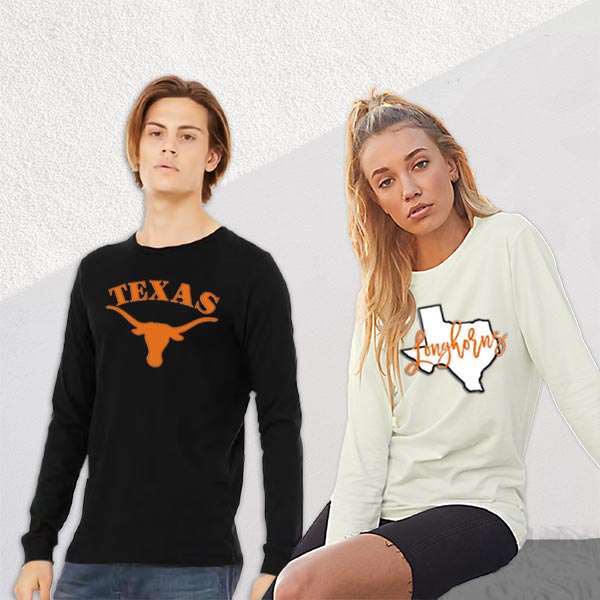
Longhorns football represents the University of Texas in Austin often known as Texas, UT or the Texas Longhorns. The Longhorns represent the Big 12 Conference in the NCAA Division. They play in Austin, Texas, at the Darrell K. Royal-Texas Memorial Stadium.
The Texas Longhorns are ranked third and seventh, respectively, in terms of all-time wins and win-loss records, with over 900 victories and an overall win-loss percentage of.705.
The legendary program also boasts four national titles, 32 conference titles, 100 First Team All-Americans, and two Heisman Trophy winners.
Get your Texas Longhorns Revival T-Shirt today. The Texas Longhorns Rustic Revival shirt is also a fan favorite.
Many college sports fans like to wear their gear all around town, get your Texas Longhorns Centered gear and show your support.


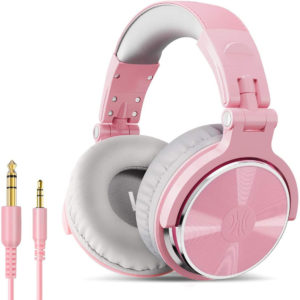


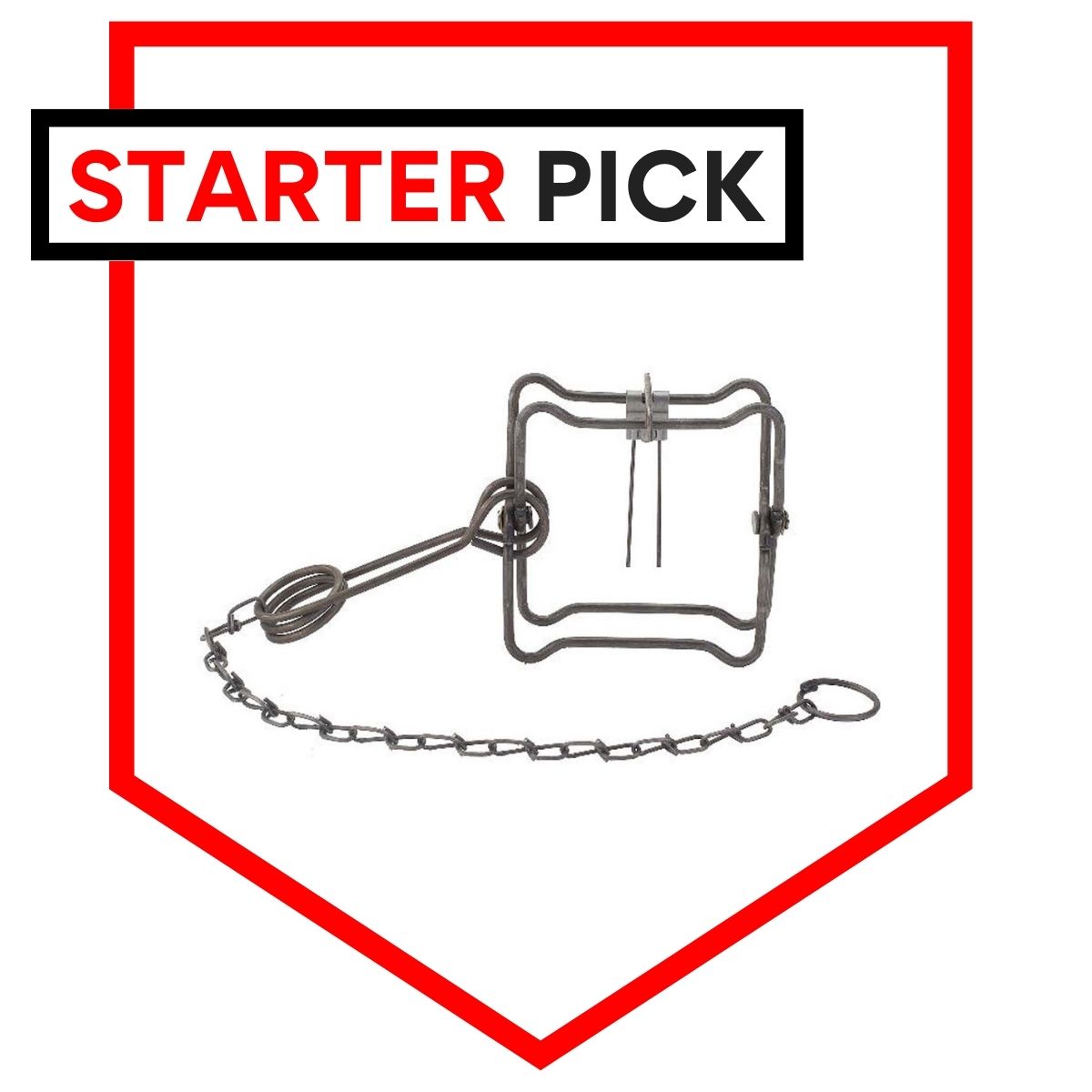


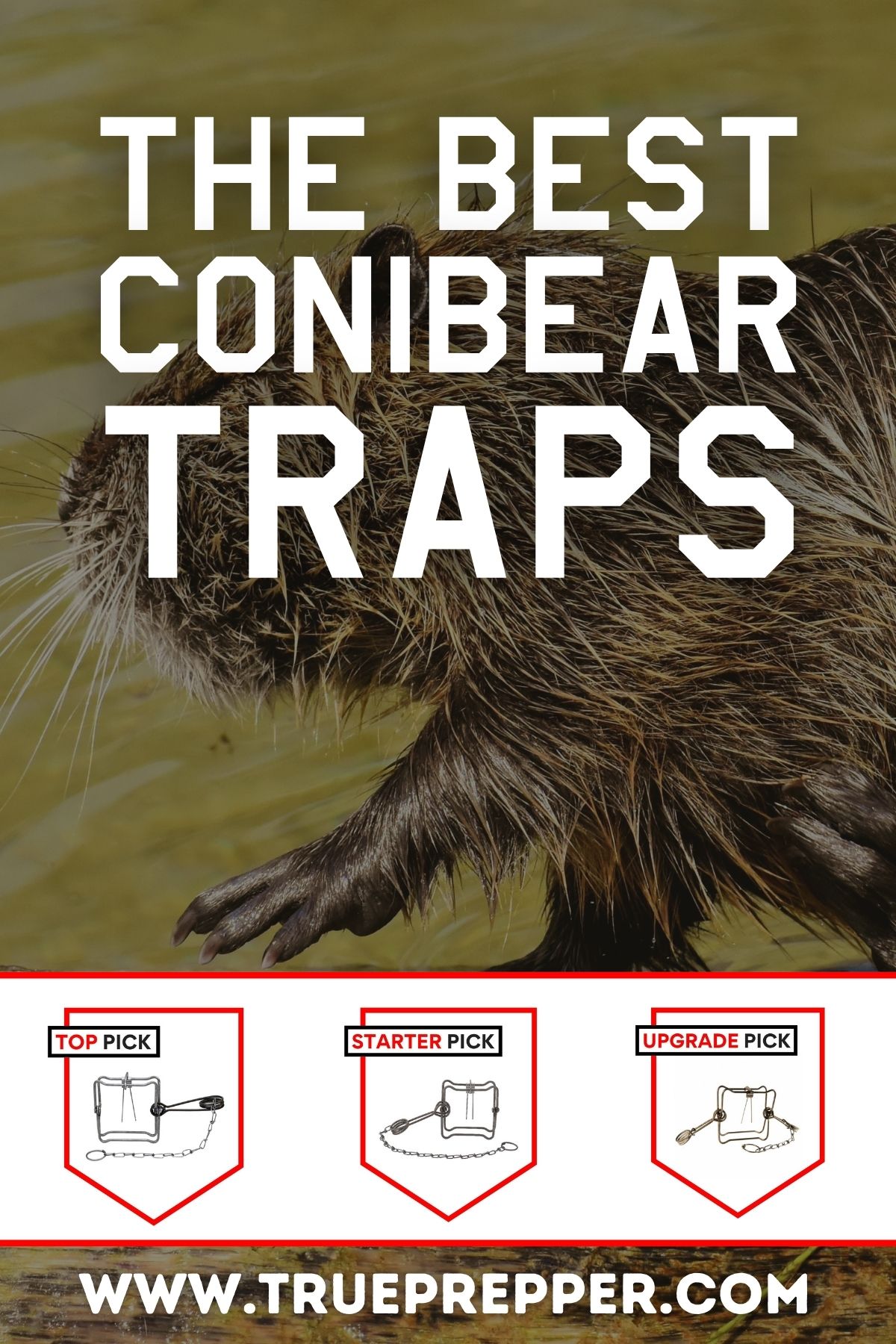
 Gettr
Gettr